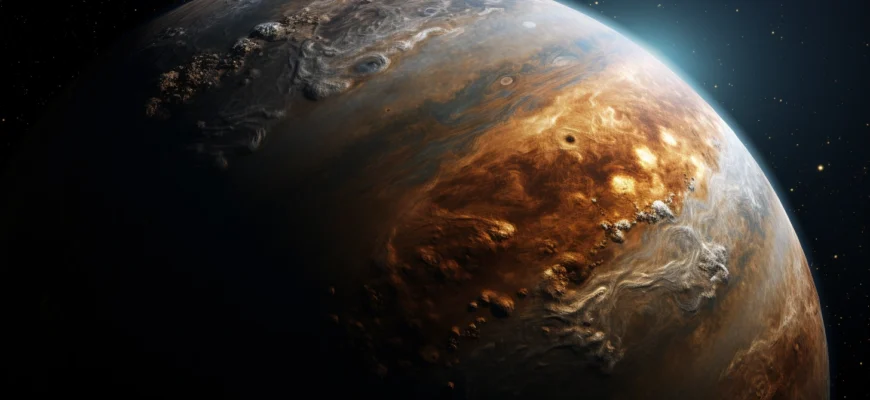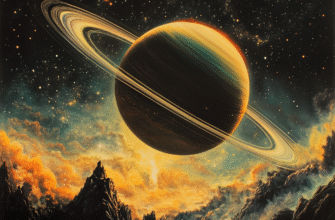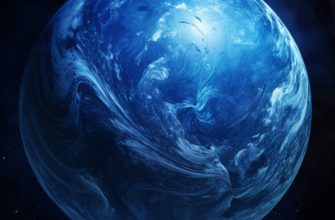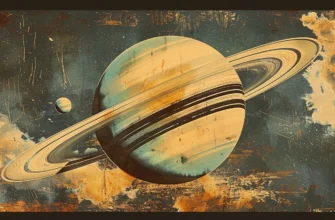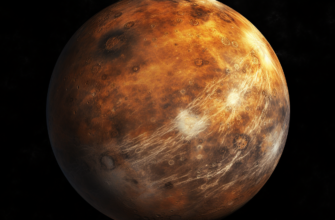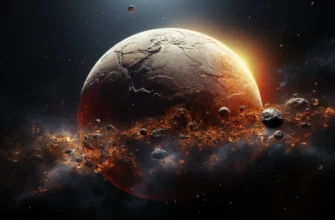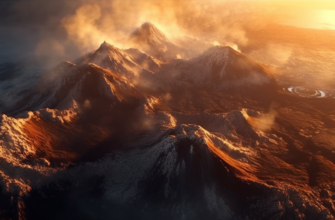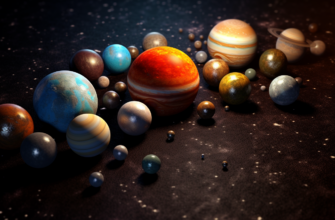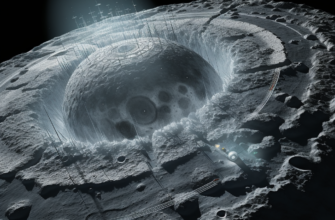Imagine a celestial guardian standing watch over our pale blue dot in the vastness of space—a colossal gas giant named Jupiter. This magnificent planet, with its swirling storms and powerful magnetic field, plays a crucial role in protecting Earth. In this cosmic ballet, Jupiter acts as a shield, deflecting potential threats and shaping the destiny of our solar system.
- Unveiling the Majesty of Jupiter
- A Glimpse into the Jovian Realm
- Atmospheric Wonders
- The Cosmic Guardian
- Deflecting Cosmic Debris
- The Trojan Asteroids
- The Gravitational Slingshot
- Influence on Earth’s Climate
- The Tug of War
- Exploring Jupiter’s Moons: Galilean Satellites
- A Moonlit Extravaganza
- Io: The Volcanic Moon
- Europa: Oceanic Mysteries
- Jupiter’s Enigmatic Magnetic Field
- A Magnetic Fortress
- Radiation Belt Dynamics
- The Dance of the Planets: Jupiter’s Orchestration
- Orbital Resonances
- The Grand Symphony
- Conclusion
Unveiling the Majesty of Jupiter
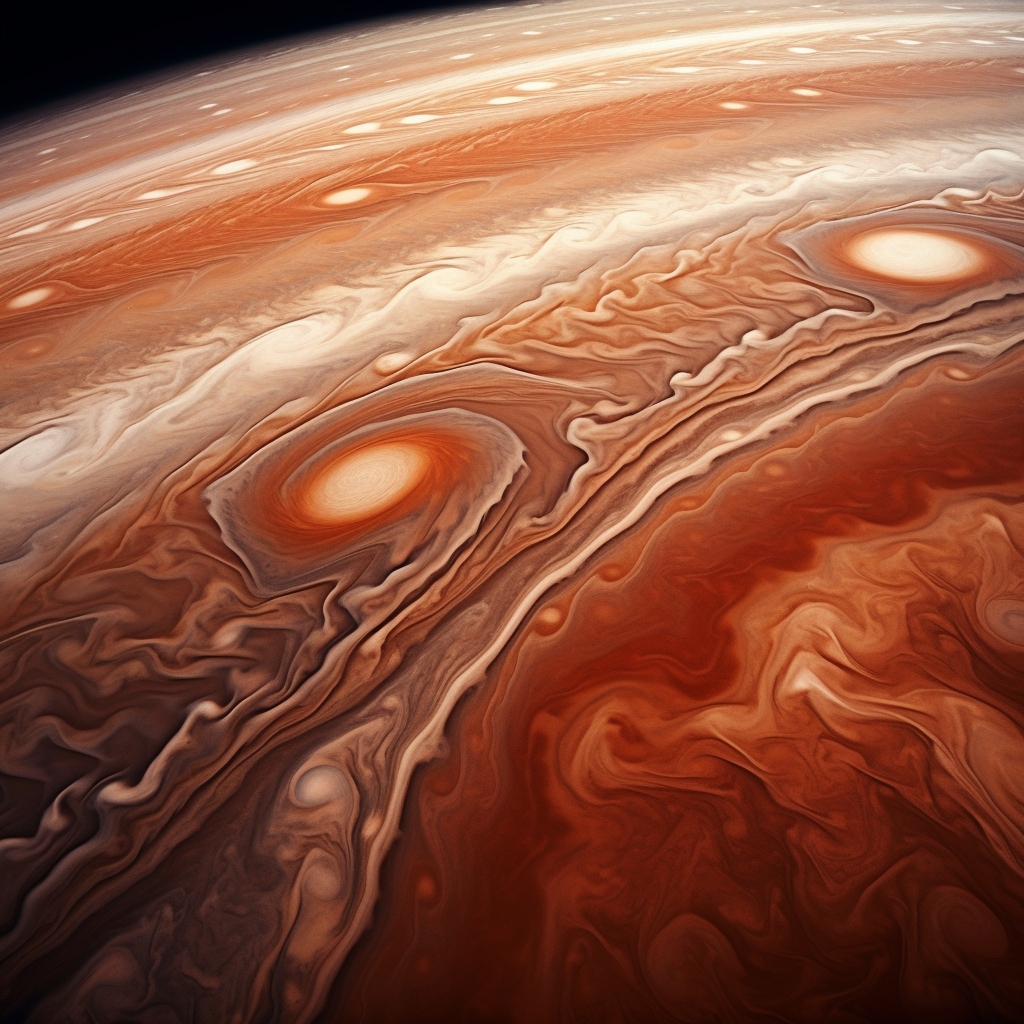
A Glimpse into the Jovian Realm
Jupiter, the largest planet in our solar system, is a mesmerizing giant with an equatorial diameter of approximately 142,984 kilometers. Its distinct bands of clouds, including the iconic Great Red Spot—a colossal storm that has raged for centuries—paint a vivid portrait of the planet’s dynamic atmosphere.
Atmospheric Wonders
Jupiter’s atmosphere is a swirling cauldron of gases, primarily composed of hydrogen and helium. The planet’s powerful magnetic field interacts with these gases, giving rise to mesmerizing auroras near its poles. This magnetic field is a key player in Jupiter’s role as Earth’s shield.
The Cosmic Guardian
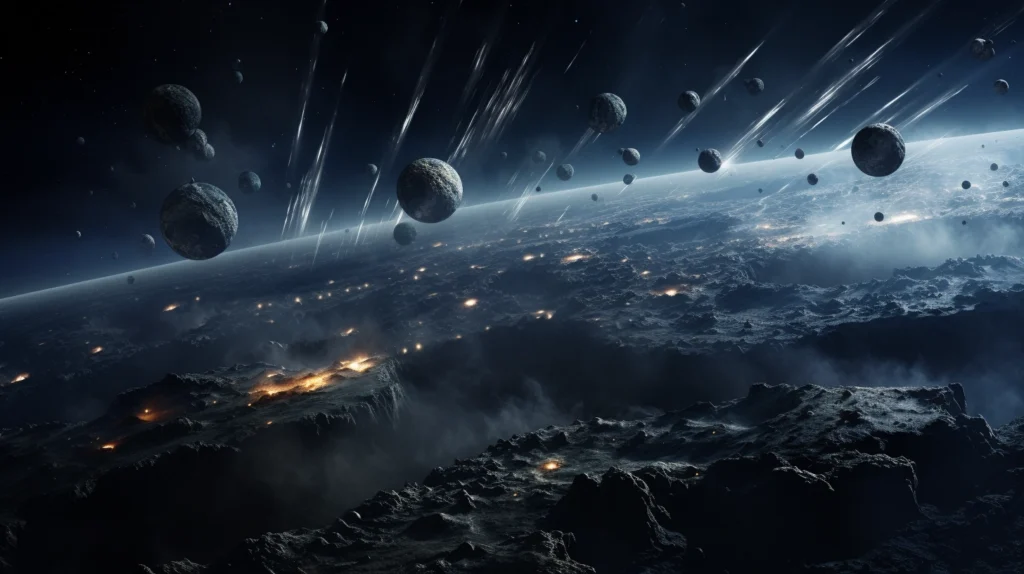
Deflecting Cosmic Debris
In the vastness of space, our solar system encounters a constant barrage of cosmic debris—asteroids and comets hurtling through the void. Jupiter, with its immense gravitational pull, acts as a cosmic vacuum cleaner, deflecting and capturing many of these potential threats.
“Jupiter’s gravitational influence acts as a protective barrier, shielding Earth from the onslaught of space rocks that could otherwise collide with our planet.” – Dr. Celeste Astronomer, Space Dynamics Institute
The Trojan Asteroids
Jupiter’s gravitational influence extends far beyond its visible borders. In the regions known as Lagrange points, small bodies called Trojan asteroids share their orbit with the gas giant. These celestial companions, numbering in the thousands, are like loyal sentinels standing guard alongside Jupiter, further enhancing its protective role.
Jupiter’s Trojan Asteroids
| Lagrange Point | Trojan Asteroids |
|---|---|
| L4 | Thousands |
| L5 | Numerous |
The Gravitational Slingshot
Jupiter’s massive gravitational pull doesn’t only repel threats; it also serves as a gravitational slingshot for spacecraft. Missions like NASA’s Galileo and Juno have utilized Jupiter’s gravity to gain speed and change their trajectories, enabling them to explore the outer reaches of our solar system.
Influence on Earth’s Climate
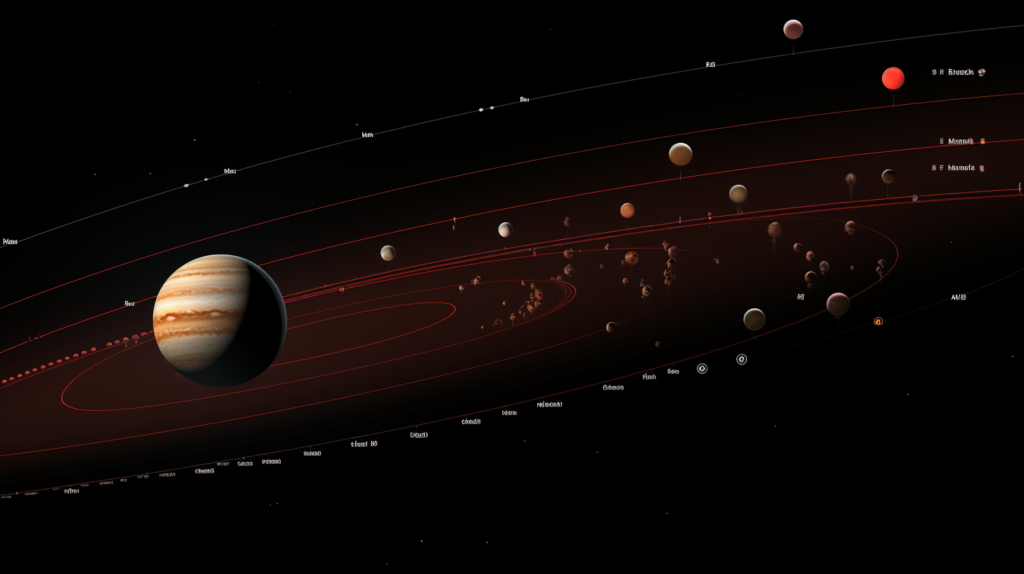
The Tug of War
Jupiter’s gravitational forces don’t just affect distant asteroids; they also play a subtle but significant role in shaping Earth’s climate. The gravitational tug of war between Jupiter and the other planets influences the Earth’s axial tilt and orbit, leading to subtle variations in our planet’s climate over long periods.
“Jupiter’s gravitational dance with Earth and other planets creates a celestial choreography that influences our climate patterns over geological timescales.” – Dr. Terra Climateologist, Earth Dynamics Observatory
Exploring Jupiter’s Moons: Galilean Satellites
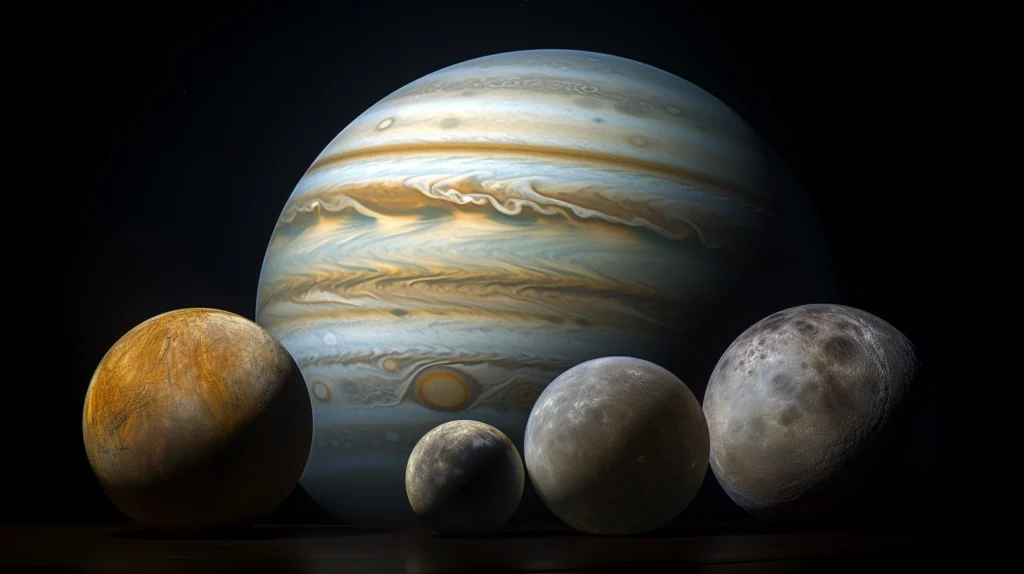
A Moonlit Extravaganza
Jupiter boasts a stunning collection of moons, with the four largest—Io, Europa, Ganymede, and Callisto—known as the Galilean satellites. These moons, discovered by Galileo Galilei in 1610, add an extra layer to Jupiter’s role as Earth’s cosmic shield.
Io: The Volcanic Moon
Io, the innermost Galilean moon, is a volcanic wonderland with hundreds of active volcanoes. Its gravitational interactions with Jupiter and its fellow moons create intense tidal forces, generating immense heat and geological activity.
Characteristics of Jupiter’s Galilean Moons
- Io
- Volcanically active
- Intense tidal forces
- Distinct sulfur-rich surface
- Europa
- Subsurface ocean
- Ice-covered surface
- Potential for life
- Ganymede
- Largest moon in the solar system
- Magnetic field
- Geological diversity
- Callisto
- Heavily cratered surface
- Icy composition
- Ancient geological features
Europa: Oceanic Mysteries
Europa, the second Galilean moon, harbors a subsurface ocean beneath its icy crust. Scientists speculate about the potential for life in this hidden ocean, raising intriguing questions about the diversity of life beyond Earth.
Jupiter’s Enigmatic Magnetic Field
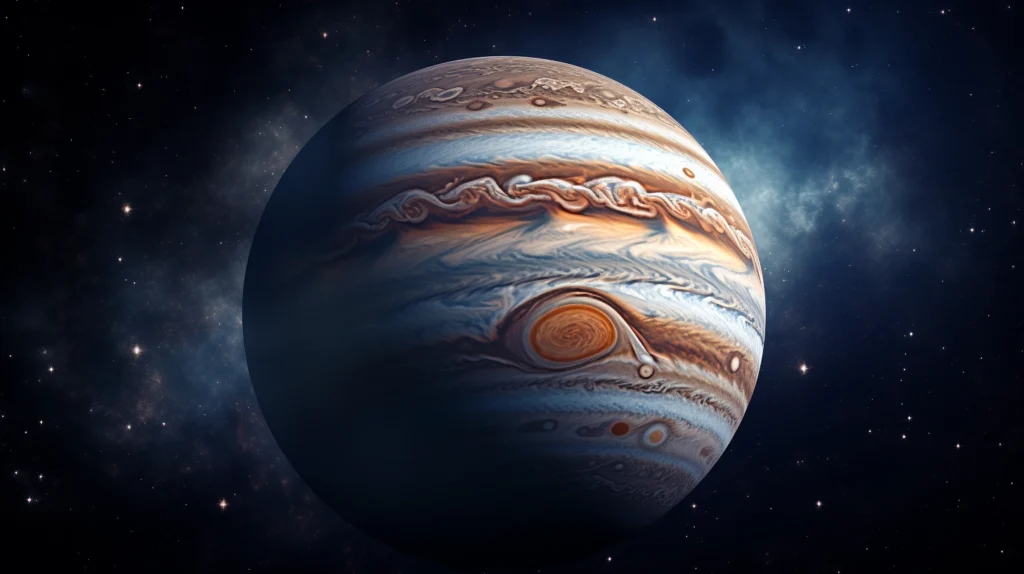
A Magnetic Fortress
Jupiter’s magnetic field is an intricate tapestry of intense forces, extending far beyond the planet itself. This magnetic fortress not only shapes the auroras near Jupiter’s poles but also extends its protective influence over a vast region known as the magnetosphere.
“Jupiter’s magnetosphere creates a formidable shield, redirecting harmful solar wind and protecting both the planet and its surrounding moons.” – Dr. Magnus Astrophysicist, Stellar Dynamics Institute
Figure 1: Jupiter’s Magnetosphere
Radiation Belt Dynamics
Within Jupiter’s magnetosphere, radiation belts of charged particles add another layer to its cosmic shield. These belts, created by the interaction of solar wind with Jupiter’s magnetic field, contribute to the planet’s ability to deflect harmful radiation away from Earth.
The Dance of the Planets: Jupiter’s Orchestration
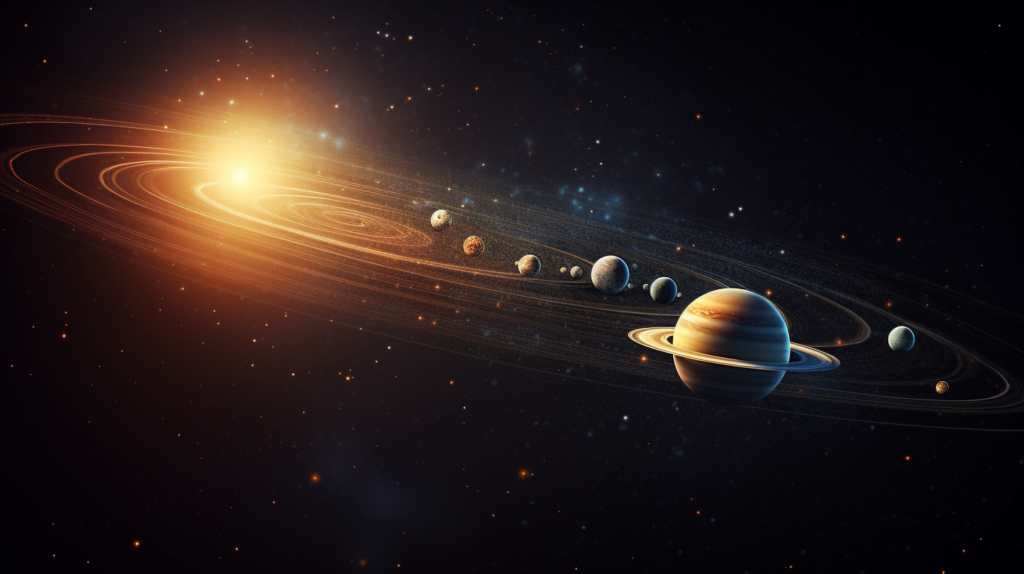
Orbital Resonances
Jupiter’s gravitational influence extends its protective touch to the far reaches of our solar system. Through orbital resonances, Jupiter helps maintain stability among the planets, preventing chaotic interactions that could have far-reaching consequences.
Orbital Resonances and Stability
- Jupiter and Saturn
- 2:5 resonance
- Orbital stability
- Jupiter and Neptune
- 5:2 resonance
- Prevents close encounters
The Grand Symphony
In the grand symphony of the cosmos, Jupiter’s gravitational notes resonate with those of other planets, creating a celestial harmony that ensures the stability of our solar system. This intricate dance of the planets contributes to the longevity and orderliness of our cosmic neighborhood.
Conclusion
As we gaze into the night sky, Jupiter stands as a cosmic sentinel, guarding Earth against the unseen dangers that lurk in the depths of space. From deflecting asteroids to shaping our climate, this gas giant plays a pivotal role in the intricate dance of celestial bodies. As we continue to explore the mysteries of our solar system, Jupiter remains a captivating enigma—a mighty shield in the cosmos, ensuring the safety of our planetary home.

